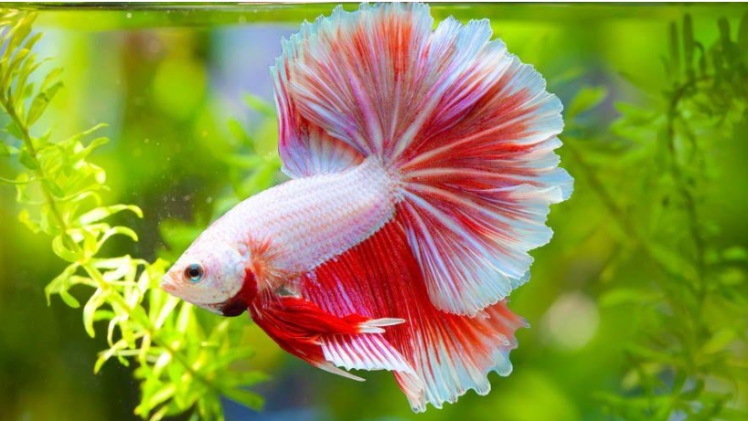Bettas have a reputation for being fragile and difficult to care for. While they are sensitive and require specific water conditions, bettas can also thrive if their environment is comfortable and inviting. If you recently bought your betta or are introducing a new one into its tank, there are some simple steps you can take to help it feel more at home. The jvbetta fish will be less skittish when exploring the tank, livelier and more active when feeding, and less prone to hiding when given to humans. These changes make taking care of your betta much easier.
Rotate the tank for your betta
Betta fish are curious creatures, but some can be more curious than others. Some bettas will examine their tank for hours, while others will show little interest in viewing their environment. If your betta falls into the latter category, rotating the tank 90 degrees can help. When the tank is rotated, the betta is forced to explore the new landscape of its tank. This gives the fish something to investigate and encourages it to adapt to its environment. One thing to keep in mind is that rotating your tank may disrupt your biological filter, so you may have to clean the tank a little more often.
Change your water regularly
While a clean tank is important for all fish, it’s essential for bettas. These fish are prone to diseases and bacterial infections, so a water change can help keep these at bay. Bettas also need clean water to show their best colours. If your water gets too dirty, your betta may become lethargic and lose its appetite. If you have a large tank, changing your water once a month is recommended.
Smaller tanks should be cleaned every two weeks. Your water should be around 25 degrees Celsius and have an ammonia level of zero. There are some ways that you can automate the water change process. You can purchase a timer to turn off your filter while the water is being changed. Some devices let you drain the tank with a siphon.
Add a hiding place for your betta
Bettas are naturally shy creatures. Most bettas will be skittish in the presence of humans, and they may be even more reserved when they can see other fish in the tank. Adding a hiding place can give your betta somewhere to go when it feels threatened. There are many ways to add a hiding place to your tank.
You can use rocks, plants, and other decor items to create a shelter. You can also purchase a betta hammock, a device that lets your fish rest on an artificial limb. You can also create a DIY version using a paper towel roll or a toilet paper roll. Cut a slit down one side and place the roll in the tank. Your betta will be able to hide inside.
Provide foliage
Bettas are tropical fish, and they like warm, humid environments. The warm water in the tank may cause your plant to dry out regularly, but adding it to your tank can help regulate the humidity. Some plants also provide cover for your betta so it can hide even when it’s not in its hammock. Some plants that are ideal for betta tanks are Anubias, Amazon swords, and Vallisneria. These plants are slow-growing, so they don’t require frequent attention.
Don’t overcrowd the tank
While many bettas prefer to be alone, it’s a good idea to have at least one other fish in the tank. If your betta is alone, you may notice it breathing heavily when the lights are off. This is called bubble cleaning, and it’s normal behaviour to keep the tank clean. Having other fish in the tank can help regulate the betta’s bubble cleaning.
It can also give your betta a friend to swim with when it’s not feeding time. When stocking your tank, take into account that bettas are smaller than most fish. A tank full of larger fish may bully your betta and make it more skittish.
Conclusion
Bettas are beautiful and unique fish that can be enjoyable to keep as pets. When you’re first bringing your betta home, it’s important to make sure that you give it an environment where it can thrive. Creating an inviting space for your betta will help it get used to its new home, and it can help make the fish’s life easier and healthier.

